True, the picture doesn’t show beautiful Hawaii beaches. It’s a real reminder though of what can happen on flights to Hawaii when people sneeze and cough. We want your precious Hawaii vacation to be illness free.
What can all of us germaphobes do to remain healthy and safe in ever tighter airplane environments? We have ideas to share below of how to reduce germ exposure on flights to Hawaii. In the future, self-cleaning lavatories will be available on Boeing planes, with their announcement today. Please add your healthy travel tips in comments below.
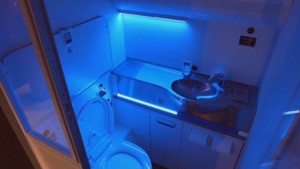

Germ masks. Okay, so these dreadful hospital looking things can make you cringe. On the other hand, getting respiratory infections after flights has become so common that it can make getting on long flights seem even worse than the choice of a mask.
The ones we are using are the 3M N95 respirator masks that we see health care workers wearing. N95 means that it filters particles 95% of particles as small as .3 microns. We’ve heard that virus particles can be even smaller, so these may not stop all the germs.
Masks that can filter even smaller particles become unwieldy. We aren’t scientists, but can attest personally to these being extraordinarily useful in preventing illness. If you’ve been flying in the past few years, you’ve noticed more and more people wearing them on-board.
Anti-germ wipes. This is a tough situation as the non-toxic ones don’t get good reviews and the ones that work have some fairly toxic chemicals. Pick your poison here. We’ve been using these for years to wipe down all touchable surfaces including seat belt buckles, air vents, trays, controls, and monitors.
What are your healthy travel tips?
Get Breaking Hawaii Travel News
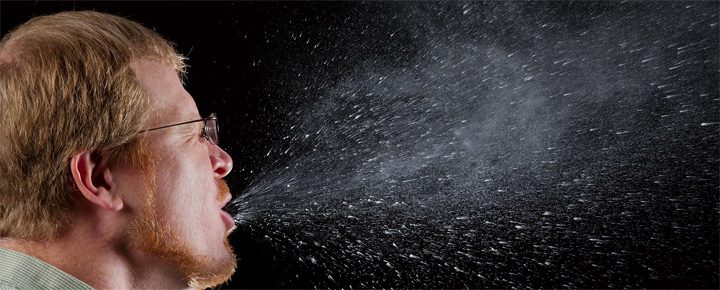
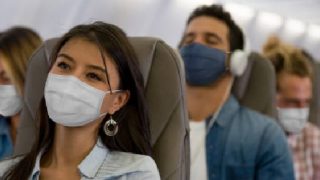
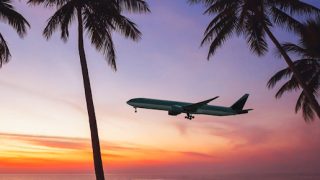
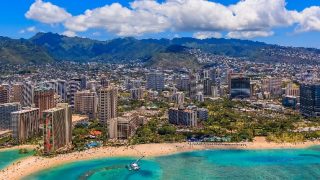
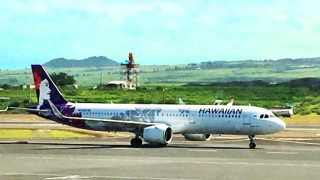
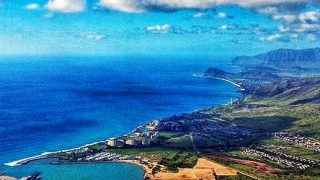
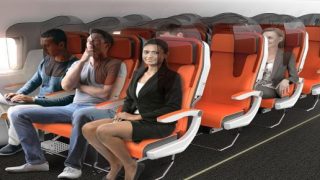
I am a practicing physician assistant. If someone wants to wear a mask, then yes, the N-95 is the minimum mask one can wear to avoid respiratory infection (but they do not keep out viruses – the viral particles are simply too small). It also must be changed every 3-4 hours just as the previous poster stated. Wearing a standard surgical mask does not help. Those are designed to protect others from the person wearing the mask; they are not designed to protect the wearer. While putting Vaseline in your nostrils will protect the nasal mucosa from excessive drying, I have not seen any studies that show the practice to prevent disease transmission.
The best way to prevent disease while on a flight is cleanliness. Wipe down your arm rests and tray table with antiseptic wipes when you board. Wash your hands frequently (while hand sanitizer can help, it is will cause skin drying as all are alcohol based.) Some viruses and bacteria are also not affected by hand sanitizer. Nothing replaces good old fashioned hand washing with soap and water for a minimum of 60 seconds. My husband (a retired RN) and I have made several long haul trips to Hawaii from the East Coast over the past 10 years. We have never worn masks, but we do clean out arm rests and tray tables and wash our hands at least 3-4 times during the flight. So far we have been OK.
The most important thing to do to safeguard your health in flight to Hawaii is to MOVE YOUR LEGS! While getting a viral infection can be annoying, deep vein leg clots and possible pulmonary embolus is potentially deadly. Get up & walk around frequently. Exercise your legs while sitting (even flexing your feet up & down helps).
Many studies have shown that most “cold” symptoms following flights are from dehydration of mucus membranes, not infections. But inflamed membranes are also more susceptible to germs; using a saline nasal spray helps with this. Since most illnesses are from our hands touching our own faces, lips, etc., frequent hand washing or cleaning is essential. One study showed the most germ-laden areas weren’t the bathrooms on airplanes but the trays at our seats! Handi wipes here we come.
We beef up on Airborne the week prior to flying, and wash, wash, wash or use hand sanitzer at the airport and on board. We also take Probiotics daily and knock wood, haven’t had a cold or flu in 3 years. And we’ve flown a few times. Every time we flew in the past my husband got sick. So it’s all about prevention.
I’ve heard that putting vasoline inside your nostrils will help stop germs from getting in through your nose. Any truth to this?
I have a question about the mask. What about drinking or eating on a 11 hr (or more) flight? A person can’t wear a mask for the whole time, so will they still be beneficial if a person needs to take them off for about an hr or more during the flight?
Hi Jo.
We too have heard similar things about the dryness in the plane causing cracking that can facilitate disease. Don’t know if that’s true but it does sound reasonable.
And of course you can’t eat with the mask on. But just while seated it seems to make sense. Nothing is foolproof, but getting sick from airplanes seems to be getting more commonplace.
Aloha.
As a retired nursing professor, I must caution people to change their masks when they become moist… organisms travel on the moisture defeating the benefits of the dry mask material. We used to suggest changing masks every 3-4 hours or when wet. So on extended trips it is better to change a few time, like when taking the food break. Anything you do to reduce exposure is good, but you can’t totally prevent exposure short of travelling in a bubble.
Hi Michele,
Thanks for that suggestion.
Aloha.